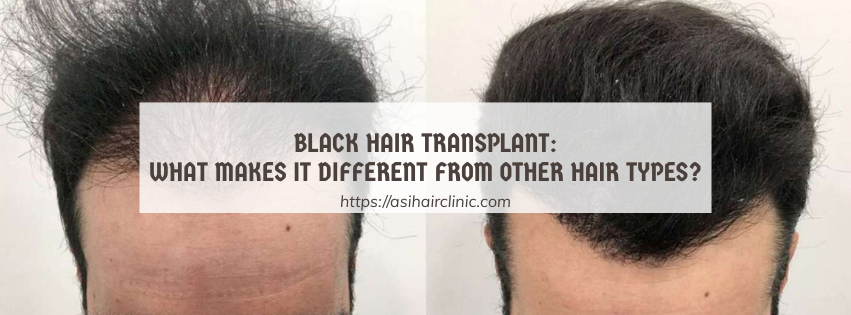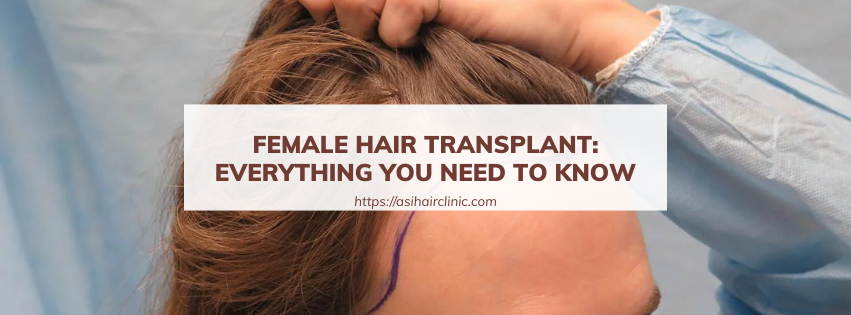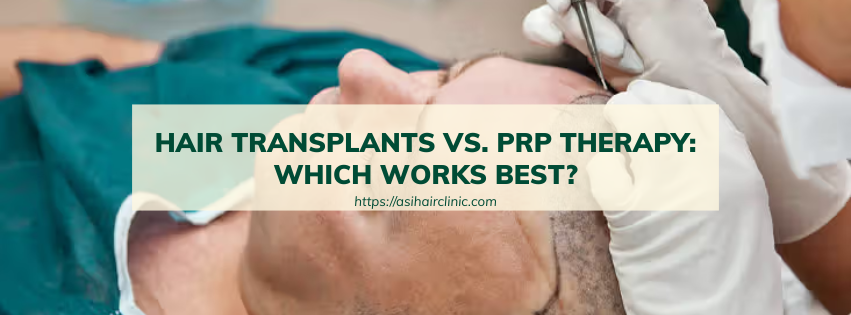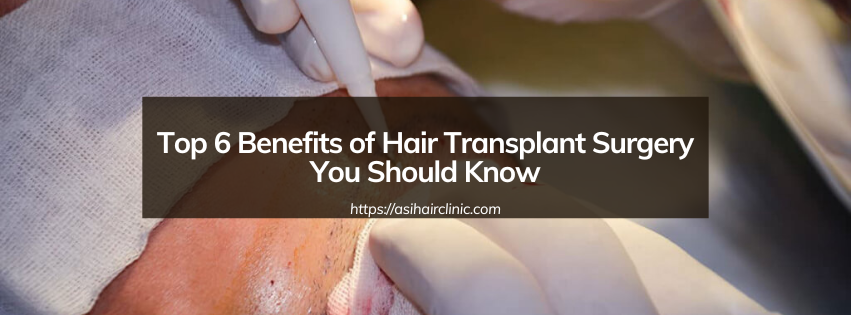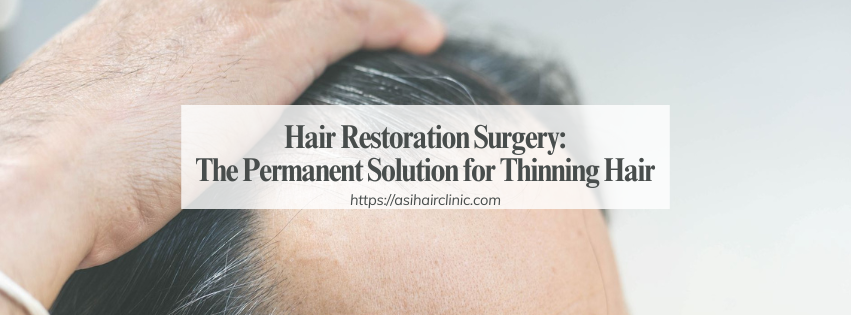Female Hair Loss Treatment: Restore Your Hair with Transplantation
In a world where appearance often plays a crucial role in self-esteem and confidence, hair loss can be a devastating experience for many women. Female hair loss treatment is an essential topic that encompasses various methods to combat this pressing issue, one of the most effective being hair transplantation. While the journey to regaining luscious locks may seem daunting, understanding the available options can empower women to make informed choices about their hair health.
1. Understanding Female Hair Loss
Before delving into treatment options like transplantation, it is important to understand the mechanisms behind female hair loss. Many factors contribute to the thinning or loss of hair, which can vary significantly from one individual to another.
1.1. Causes of Female Hair Loss
Hair loss in women can stem from numerous causes, such as hormonal changes, genetics, medical conditions, and lifestyle habits.
Hormonal changes, particularly during pregnancy, menopause, or due to disorders like polycystic ovary syndrome (PCOS), can lead to significant hair thinning. The body undergoes a variety of shifts during these phases, affecting hair growth cycles. Additionally, genetic predisposition plays a substantial role; women with a family history of hair loss may find themselves facing similar challenges.
Medical conditions such as thyroid dysfunction, autoimmune diseases, and iron deficiency anemia can also impact hair health. These conditions often result in hair loss that can be temporary or chronic, emphasizing the need for proper diagnosis and treatment.
Lifestyle choices are equally pivotal in maintaining hair vitality. Poor nutrition, stress, inadequate hair care routines, and certain hairstyles that exert excessive tension on hair follicles can all contribute to hair loss. Recognizing these factors is essential for developing a personalized approach to treatment.
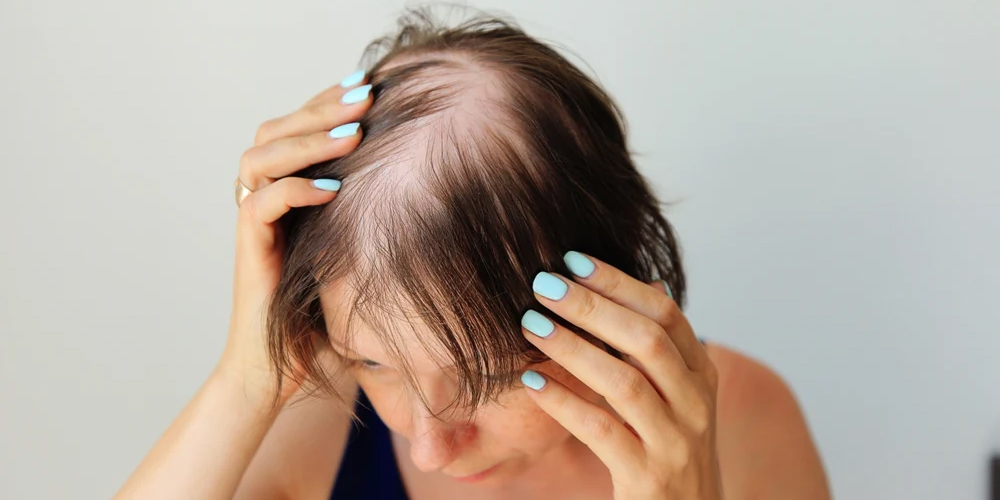
1.2. Types of Female Hair Loss
Understanding the specific type of hair loss you are experiencing can guide your treatment choices. The two most common forms of female hair loss include androgenetic alopecia and telogen effluvium.
Androgenetic alopecia, often referred to as female pattern hair loss, occurs gradually and is characterized by a widening part and thinning at the crown of the head. This type of hair loss is influenced by hormones and genetics, making it a common concern.
Telogen effluvium is typically triggered by a stressful event, such as illness or significant life changes. It results in widespread thinning across the scalp rather than specific areas. The good news is that this type of hair loss is usually temporary and can resolve once the underlying issue is addressed.
1.3. Psychological Impact of Hair Loss
The psychological implications of hair loss cannot be understated. For many women, hair is a defining aspect of their identity and femininity. As such, losing it can lead to feelings of distress, anxiety, and low self-worth.
Women experiencing hair loss may isolate themselves socially or avoid situations where they feel their appearance may be judged. This emotional toll highlights the importance of addressing not only the physical aspects of hair loss but also its psychological effects. Support groups, counseling, or connecting with others going through similar experiences can provide comfort and community.
2. Exploring Female Hair Loss Treatments
With a clearer understanding of the complexities surrounding female hair loss, we can now explore the various treatment options available. These can range from topical solutions and medications to more invasive procedures like hair transplantation.
2.1. Topical Treatments and Medications
Topical treatments and medications are often the first line of defense for women experiencing hair loss. Products containing minoxidil, for example, are widely used for stimulating hair growth and can be found over the counter.
Minoxidil works by dilating blood vessels in the scalp, promoting increased blood flow and nutrient delivery to hair follicles. Using the product consistently can yield varying results; some women notice significant improvements, while others may see minimal changes.
Additionally, anti-androgens such as finasteride are sometimes prescribed to block the effects of male hormones associated with hair loss. Although primarily used for men, doctors may recommend it for women, particularly those struggling with androgenetic alopecia.
While topical and oral medications can be effective, adherence to treatment protocols is essential to see desired results. The journey towards recovery takes time and patience, and it is important to manage expectations.
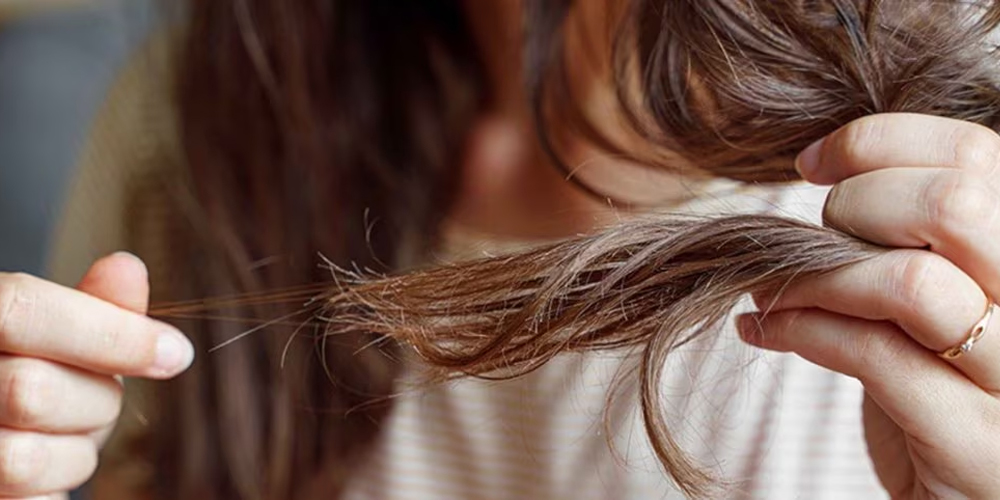
2.2. Platelet-Rich Plasma (PRP) Therapy
Platelet-rich plasma (PRP) therapy has gained popularity in recent years as a non-surgical solution for hair restoration. This innovative treatment involves drawing a small amount of the patient's blood, processing it to concentrate the platelets, and injecting the PRP into the scalp.
The growth factors present in PRP stimulate hair follicles and encourage new hair growth. Many women have reported positive outcomes after several sessions, making it an appealing option for those hesitant about surgical interventions.
Although PRP therapy is generally safe and well-tolerated, its effectiveness can vary based on individual responses. Furthermore, multiple treatments are often necessary to achieve optimal results, which can be a consideration when weighing costs and commitments.
2.3. Surgical Solutions: Hair Transplantation
For women seeking more permanent solutions to hair loss, hair transplantation stands out as a viable option. This surgical procedure offers a transformative way to restore hair density and regain confidence.
During the hair transplant process, healthy hair follicles are harvested from donor areas-usually the back of the scalp-and transplanted into thinning or balding regions. The two primary techniques employed in hair transplantation are Follicular Unit Extraction (FUE) and Follicular Unit Transplantation (FUT).
Understanding each technique’s nuances is crucial for potential candidates to determine which method aligns best with their needs. FUE involves extracting individual follicular units, resulting in minimal scarring and a speedy recovery. In contrast, FUT entails removing a strip of scalp tissue, which is later divided into smaller grafts.
Each technique has distinct advantages and disadvantages, and consulting with a qualified hair restoration specialist can help clarify the best approach for your specific situation.
2.4. Benefits and Considerations of Hair Transplantation
Choosing hair transplantation as a solution for hair loss comes with numerous benefits, but it also requires careful consideration.
One of the most significant advantages of hair transplantation is the permanent nature of the results. Unlike other treatments that may require ongoing maintenance, transplanted hair continues to grow naturally, providing long-lasting satisfaction.
Additionally, the procedure can significantly enhance self-esteem and improve overall quality of life. Many women report feeling more confident and empowered after successful hair restoration, leading to improved social interactions and personal fulfillment.
Despite the benefits, there are some considerations to keep in mind. Hair transplantation is a surgical procedure, meaning that it carries inherent risks such as infection, scarring, and anesthesia complications. Moreover, the cost can be substantial, especially if multiple sessions are required to achieve desired results. A thorough consultation with a reputable clinic is vital to ensure realistic expectations and a clear understanding of potential outcomes.
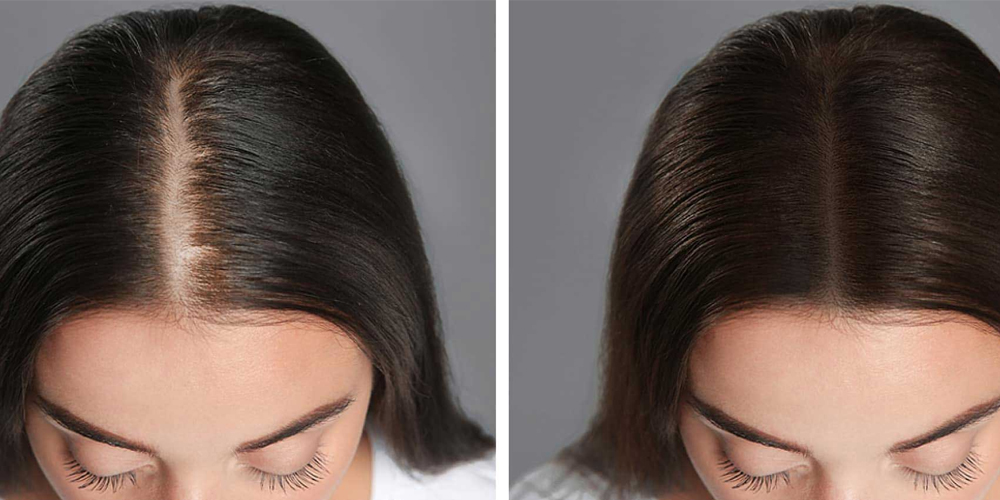
3. Preparing for a Hair Transplantation Procedure
Preparation is key to a successful hair transplantation experience. Ensuring that you are physically and mentally prepared can significantly influence the outcome.
3.1. Consultation with a Specialist
Before undergoing any surgical procedure, scheduling a consultation with a qualified hair restoration specialist is crucial. During this initial meeting, the doctor will assess your hair loss pattern, discuss your medical history, and determine if you are a suitable candidate for transplantation.
Be open and honest about your expectations, concerns, and goals. This dialogue will allow the specialist to tailor a personalized treatment plan that meets your needs effectively.
3.2. Pre-Operative Instructions
Once you've decided to move forward with the procedure, your doctor will provide pre-operative instructions to ensure everything goes smoothly. These guidelines may include avoiding certain medications, refraining from alcohol consumption, and stopping smoking to reduce the risk of complications.
Adhering to these recommendations is essential for minimizing risks and optimizing healing post-procedure. Take the time to prepare adequately, both physically and mentally, for this significant step in your hair restoration journey.
3.3. Managing Expectations Post-Transplant
Understanding what to expect after hair transplantation is vital for a smooth recovery. Some degree of swelling, redness, or discomfort is normal in the days following the procedure. Your specialist will likely prescribe pain relief medication and provide guidance on how to care for your scalp during the healing phase.
It's essential to maintain realistic expectations regarding results. Newly transplanted hairs often go through a shedding phase before regrowth occurs, which can be disheartening. However, patience is key-results typically become evident within several months as the hair follicles enter the growth phase.
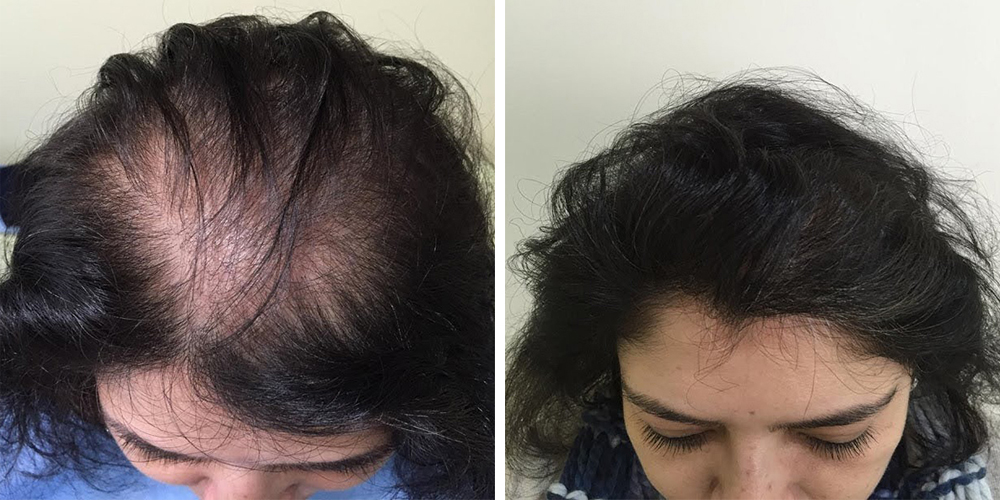
4. Post-Treatment Care and Maintenance
After successfully undergoing a hair transplantation procedure, taking proper care of your newly restored hair is crucial for achieving the best possible outcomes.
4.1. Hair Care Routine
Establishing a consistent hair care routine is critical for maintaining the health of transplanted hair. This may include using gentle shampoos, avoiding harsh chemicals, and minimizing heat styling tools. It's best to give your hair time to recover and flourish without added stress from external factors.
Avoiding tight hairstyles or excessive manipulation of your hair in the weeks following the procedure will also help prevent unnecessary trauma to sensitive areas.
4.2. Follow-Up Appointments
Regular follow-up appointments with your hair restoration specialist are invaluable for monitoring progress and addressing any concerns that may arise. These check-ins provide an opportunity to evaluate the health of your scalp, assess hair growth rates, and adjust treatment plans if needed.
4.3. Patience and Long-Term Commitment
Achieving your desired results from hair transplantation will require patience and a long-term commitment. Hair grows at varying rates, and the timeline for full results can differ from person to person.
Staying positive and focused on your hair care plan will foster an environment conducive to successful growth. Celebrate small milestones along the way, such as increased density or improved texture, as these achievements contribute to the larger picture of restoration.
Conclusion
Female hair loss is a complex issue that affects many women and can take a toll on self-esteem and mental health. Fortunately, advancements in female hair loss treatment, particularly hair transplantation, offer hope for restoring not just hair but confidence as well.
Whether you choose non-surgical options like medications or PRP therapy or opt for the more permanent solution of hair transplantation, understanding the various processes, benefits, and responsibilities involved is crucial. Engaging with professionals, maintaining realistic expectations, and committing to post-treatment care can lead to gratifying results.
By embracing the journey toward hair restoration, women can reclaim their confidence and embrace their beauty once again. Ultimately, awareness and education empower women to make informed decisions about their hair and health, leading to a brighter, more confident future.
LATEST POSTS

